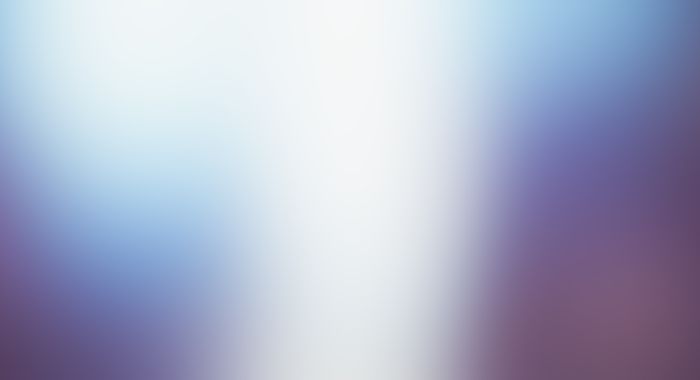Six Things Designer Lola Lely Can’t do Without | Hole & Corner
From imperfections to muses and the possibility of tools: the natural dye maker and designer talks us through her Heimtextil installation.
From imperfections to muses and the possibility of tools: the natural dye maker and designer talks us through her Heimtextil installation.
As natural dye maker and designer Lola Lely set up her multidisciplinary studio in the atelier of the Maker Space at Heimtextil 2018, we took the opportunity to grill her working practice and the tools, materials and apparatus that her job requires.
Collaborating with the Bristol Weaving Mill, the Maker Space fits rightly into this year’s ‘Perfect Imperfection’ trend by Franklin Till, embracing the artisanal and returning to ancient craft techniques. The Atelier acted as a working installation over the week, the blank canvas walls painted with indigo streaks, jars of natural pigments and teas on the shelves to be ground down into dyes.
We asked Lely to identify the six most important things that she brought from her studio in North London to the atelier. With boiling vats, looms and indigo samples hanging from the walls, it proved a tricky task to isolate her selection of objects, but here are her choices…
Tools
Lely says she couldn’t have travelled without her collection of handmade tools. Though technically not a single object alone, they work as a family of incongruous apparatus, with which she creates both solutions and boundaries to her practice. The open-ended objects were used to invite the Heimtextil audience to try making their mark in Lely’s guided workshops. ‘The tools generate endless possibilities’ she says. The objects are made from an assemblage of found materials – bamboo, mop heads, strips of leftover fabric – which all create their own narrative.
Aprons
Tools might be at the centre of the actual making process, but aprons were almost as essential in the atelier. The use of an apron symbolically puts Lely in the frame, turning her into a maker and an inhabitant of the space. The stains down the front of the once white, hand-stitched aprons are welcomed and become a unique documentation of the work in progress. The aprons truly embody the ancient Japanese philosophy of wabi-sabi – accepting imperfections and transience.
Madder
This ancient dye, made from the 3-foot long roots of the Rubia plant, produces subtle hues of dusty pinks and browns. ‘It’s the dye du jour’, Lely says – and it visually dominates the atelier space she has created. As a natural dye, madder loves all materials, but the rawer the fabric the better – working best on hemp, linen and silk. It is ground down with one of the pestle and mortars that are dotted around the atelier, amongst other spices and teas. The repetitive movements of Lely grinding down the roots – plus the medicinal smell of the brewing dye – also proves an effective way of drawing people into her space.
The Mussi-Muses
Lely brought with her two assistants, Mila and Rhian Harris-Mussi, who help her run the atelier. ‘They have the look’, she says smiling. Rhian currently studies Fine Art at The Ruskin, and is behind the crazy tools that Lola now sees as her second hands. Mila, meanwhile, specialises in knit in her London-based studio – and her strength is her astute eye for colour. All three have a clearly shared knowledge of beauty, ideas and solutions – which makes for a productive trio.
The Inventive Art of Japanese Shaped Resist Dyeing
Lely’s most prized book: and one that is at the root of most of her techniques. ‘It’s golden,’ she says of the book that she likens to her ‘personal bible’. Lely tells us she is slowly making her way through the book’s ancient disciplines, some of which are on verge of disappearing due to their complexity. Another go-to book for her is A Book on Vegetable Dyes by Ethel Mairet – a pioneering dyer of the early 20th century. The book contains her collection of recipes, showing her significant development to craft and natural dyes within the fashion world of her time. Sounds like someone we know…
Words: Daisy Gray
Photography: Aloha Bonser-Shaw
Originally published for Hole & Corner Online
